Remix, more commonly known as Remix IDE, is an open-source Ethereum IDE you can use to write, compile and debug Solidity code. As such, Remix can be a hugely important tool in Web3 and dApps development. In short, if you’re looking for an answer to “what is Remix”, you’ve come to the right place! In the sections that follow, you will learn all you need to know about the basics of Remix. This information will help you decide whether or not it’s the proper tool you should take advantage of. On top of that, we’ll tell you about an amazing platform that enables you to skip time-consuming backend coding and still deploy excellent dApps.
As a matter of fact, let’s talk about this hugely capable Web3 development platform – Moralis. Moralis is a platform that covers all your backend development needs, with a few short snippets of code. And guess what, Moralis is free! All you need to get started is JavaScript skills. If that is something you got under your belt, create your free account today and start developing awesome dApps! Knowing about Moralis can really benefit you before you decide to dive deeper into Remix.
Specifically, Moralis is a premier middleware which allows you to start developing dApps in no-time. This means you do not have to manually set up, manage, and maintain your own Web3 backend, which is usually a massive barrier to entry in the Web3 sector. Instead, you can focus on what you do best – the frontend and core idea for your project. Sign up for Moralis today and get access to the best possible dApp development process!
What is Remix?
Before we actually dig deeper into Remix, we need to ensure that we are all on the same page. As Remix relates to Web3, dApps and blockchain development, it can be advantageous to briefly go over some blockchain fundamentals. If you are already familiar with the basics of blockchain development, feel free to skim the next section.
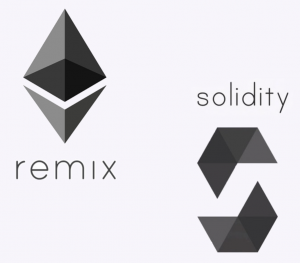
However, if you are just getting yourself familiarized with this fast-emerging industry, make sure to carefully read the following explanations. Moreover, for those of you who are interested in diving a little deeper, make sure to click the links. They lead to our blog posts related to the subject in question.
The Basics to Help You Understand What Remix is
As blockchain is increasingly gaining mainstream traction, it’s likely that you have heard of a number of different blockchain concepts. For example, you’ll likely be somewhat familiar with Ethereum, ETH, Bitcoin, BTC, decentralized apps, Web3, and other basic related terms. However, most people have no clue what those are. As such, let’s make sure you are not one of those people.
Blockchain
Blockchain is a specific type of database that links together a set of blocks, each containing specific information. And as the new data enters the block, they are chronologically chained to the existing blockchain. Moreover, it refers to a relatively new technology that offers a great number of use cases. It can store various data, though its many use cases serve as a ledger for transactions. The great thing about blockchain is that it may be used in a decentralized manner. As such, no single entity is behind the technology, which ensures safety and transparency. But it’s important to note that blockchains can also be centralized.
Bitcoin
Bitcoin is, for many, synonymous with blockchain technology. Specifically, Bitcoin is the premier cryptocurrency, a form of a digital store-of-value. Of course, you can also use Bitcoin to transfer money between different BTC addresses, as well as pay for goods wherever BTC is accepted as a payment option.
BTC
BTC is the ticker symbol for Bitcoin and represents the coin. As such, BTC is simply an abbreviation of Bitcoin. What’s more, you can send fractions of BTC, which are called “satoshis” (one BTC = 108 satoshis).
Ethereum
Ethereum is the second most popular blockchain. Nevertheless, Ethereum took things to another level by introducing smart contracts. This feature attracted countless projects that started to build applications on top of the Ethereum chain.
ETH
ETH is the ticker symbol for Ethereum. As such, ETH is to Ethereum what BTC is to Bitcoin.
EVM
EVM stands for “Ethereum Virtual Machine”. It is essentially what powers the entire Ethereum ecosystem – a blockchain-based software platform. It enables developers to create decentralized applications (dApps) on top of it.
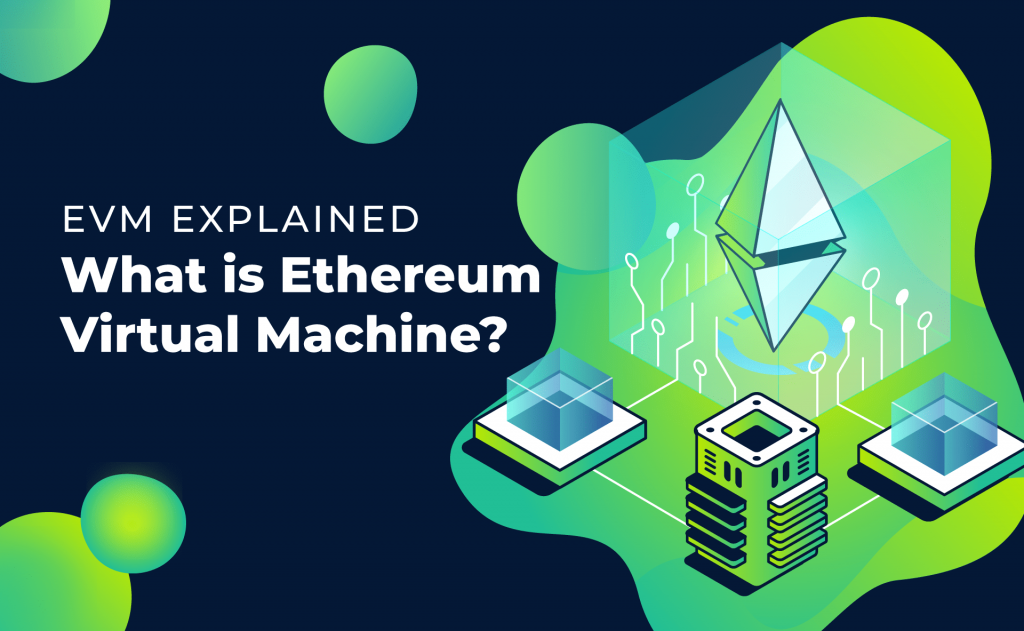
GUI
GUI stands for “Graphic User Interface”. It’s a form of a user interface, which allows users to interact with electronic devices.
Solidity
Solidity is a programming language designed particularly to build on top of Ethereum.
MetaMask
MetaMask is one of the most popular wallets for storing coins and tokens (aka cryptocurrencies). The great thing about MetaMask is that it also serves as a gateway to access Web3 applications. You can also use MetaMask for authentication – we’ve also got a guide for how to authenticate users with MetaMask when you develop your dApps using Moralis.
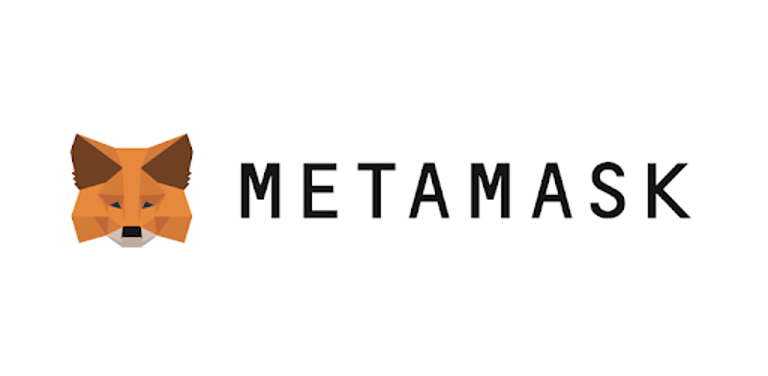
Remix Explained
Now that we’ve covered the basics, you are ready to learn about what Remix is. So, what is Remix? Well, Remix is most commonly referred to as Remix IDE (Integrated Development Environment), although this is somewhat of a simplification. It is an open-source web and desktop application, a development environment, if you will. It packs a rich set of plugins and fosters a fast development cycle via intuitive GUI. Moreover, Remix IDE is primarily used for the entire process of smart contract development. In addition, it serves as a playground for teaching and learning how to use the Ethereum network.

Remix Project vs Remix IDE
Despite the fact that “Remix IDE” and “Remix” are often used interchangeably, they are not exactly one and the same. Remix IDE is actually just part of a larger picture, called “the Remix Project”. The latter is a platform for development tools that operates based on a plugin architecture. Moreover, the Remix Project includes several sub-projects, of course, Remix IDE being one of them. The other two sub-projects are Remix Plugin Engine and Remix Libs.
Remix Properties and Features Overview
Then, what is Remix IDE? A distinct and relatively practical feature of Remix IDE is the in-browser coding. Yes, this open-source tool helps you write Solidity contracts straight from the browser. However, there is also a desktop version if you prefer to run it locally. Moreover, you may be interested to know that Remix IDE is written in JavaScript.
Following the structure of most popular programming languages, Remix IDE has several modules. The three most popular ones include a module for testing, debugging, and deploying smart contracts. Moreover, Remix also offers several libraries to make development faster. We’ll take a closer look at Remix modules and libraries in a designated section below.
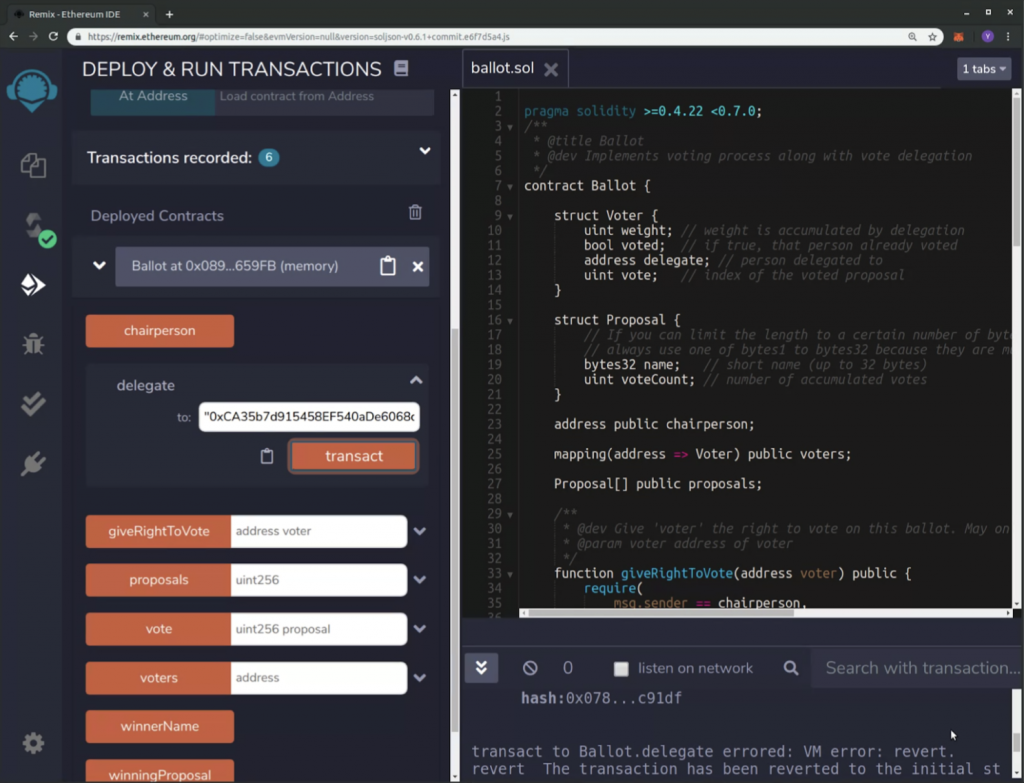
Where to Get Remix IDE and Learn How to Use it?
If you want to learn more details about Remix IDE, then please visit remix.ethereum.org. This is also the place where Remix IDE is available. Moreover, all related documentation is also available there. The IDE tool is also accessible at Remix’s GitHub repository. If you want to learn about the details on how to use Remix, that’s the place to go. In addition, many tutorials are available on the “Remix Project” Medium blog. On top of that, they offer their special tutorial tool called “LearnEth”, which is located inside Remix IDE.
Is Remix Essential for Creating dApps?
Before we take an even closer look at some of the components of Remix, we need to let you know that Remix is by no means essential for dApp creation. There are several alternatives to Remix that come in the form of websites and apps for Windows, Linux, Mac, and even Ethereum. According to popular blogs, Ethereum is the most popular option as it is free and open-source. Other alternatives include Solidity, Byton, KIN, and TokenMint. But there are new options emerging constantly.
All of the above options are very good if you like backend development. However, if you prefer to focus on the frontend and not waste time and energy on the time-consuming backend portion of dApp creation, then you’ll love Moralis. Moralis is, without question, the easiest way to create dApps.
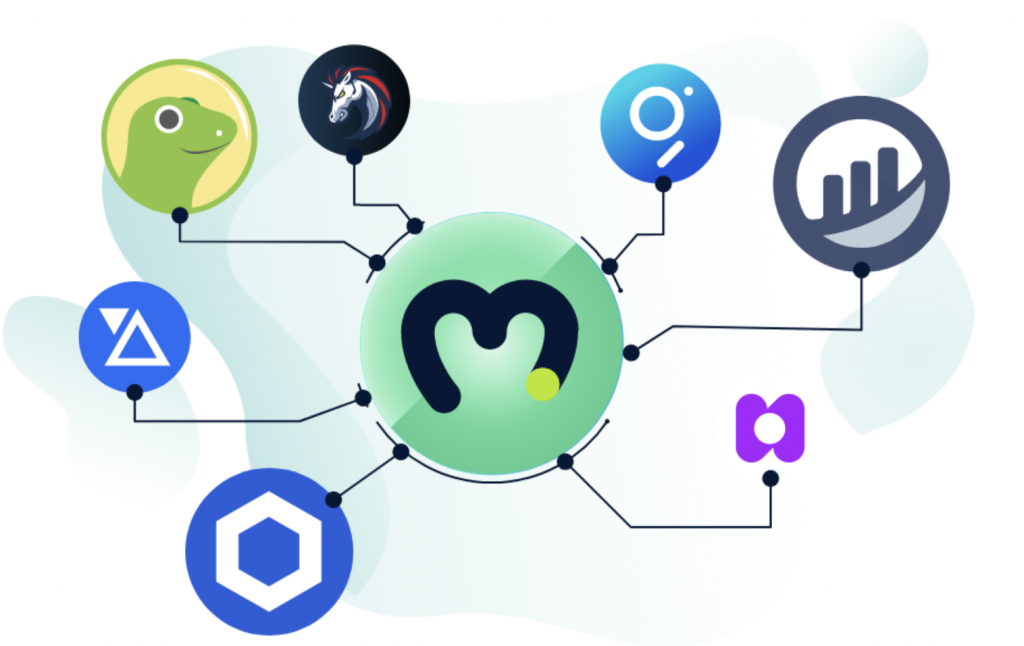
Moralis – Your Shortcut to Deploying dApps
Yes, yes, we are promoting our platform. But we don’t do it because it is our “baby”; we do it because it really is an amazing, unique tool. A tool that the blockchain industry yearns for and the developers deserve. If you are a JavaScript developer, you basically have all it takes to create your awesome dApps without the need for Solidity or Remix. Moralis takes care of all the blockchain-related backend aspects by simply copying and pasting short lines of code. The latter is available in the Moralis documentation, which is very clean and easy to navigate.
If you are looking for a way to make the deployment of decentralized apps as fast as possible and front-run those delayed timelines, Moralis is your savior. Whether you are a solo developer or working with a larger team, this ultimate Web3 development platform has your back. If you’d like to be inspired, we invite you to check out how to use Moralis to build a simple dApp in 3 minutes in the Moralis documentation.
We understand that you may be demotivated to dive deeper into Remix after learning about Moralis. And the good thing is that you don’t have to. However, if you are determined to master the backend aspects of smart contracts, Remix IDE surely is a powerful tool.
What is Remix IDE? – A Close-Up
So, what is Remix and what is Remix IDE? The two can be very similar, but Remix is the whole project. Now that you are able to answer the “what is Remix” question with ease, you are ready to learn more details about Remix IDE. We would still like to keep things relatively light and superficial. For a full immersion into Remix IDE, you need to visit their official website and start putting it to use.
Remix IDE Layout
Remix IDE layout recently got an update. It now has four parts:
- Icon Panel – An area where you click to change which plugin appears in the “Side Panel”.
- Side Panel – An area where most (but not all) plugins will have their GUI shown.
- Main Panel – It now offers tabs where plugins or files for the IDE to compile can be.
- Terminal – An area where you’ll see the results of your interactions with the GUI’s. You can also run your scripts here.
To have a better understanding of the Remix IDE’s new layout structure, have a look at the image below.
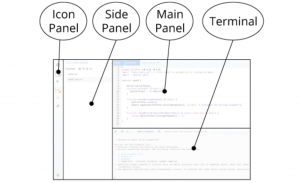
The key elements of the Remix IDE layout are:
- Icon Panel at Page Load – The icon panel shows three icons by default when you load Remix. These are the “File Explorers”, “Plugin Manager”, and the “Settings” icons. Since Remix is now all about plugins, this makes the “Plugin Manager” icon crucial.
- Homepage – In the new Remix IDE layout, the homepage is located in a tab in the main panel. Moreover, it is also accessible by clicking the Remix logo.
- Environments – This is where you access a collection of plugins. In order to see all the plugins, go to the plugin manager.
- Plugin Manager – This is where you load the plugins you need. You also turn the plugins on and off here.
- Themes – This is where you set your environment’s looks to match your preferences.
Remix IDE Modules
Here is a list of default IDE Modules:
- File Explorers Module.
- Plugin Manager.
- Settings.
- Solidity Editor.
- Terminal.
Here is a list of typical IDE Modules:
- Compiler (Solidity).
- Deploy & Run.
- Debugger.
- Solidity Static Analysis.
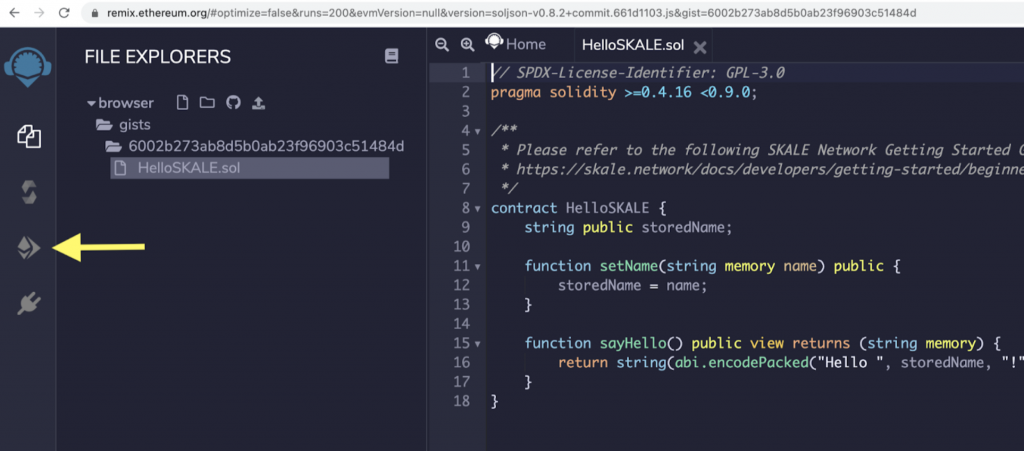
Remix Libraries
- Remix Analyzer – It helps you perform static analysis on Solidity smart contracts to check security vulnerabilities and bad development practices.
- Remix ASTWalker – Provides an easy way to read the AST of a smart contract written in Solidity.
- Remix Debug – It gives you all the basic tools to add debugging features for smart contracts.
- Remix Solidity – It’s simply a wrapper around the Solidity compiler.
- Remix Lib – It’s a commonplace for libraries being used across multiple modules.
- Remix Tests – It enables you to add Solidity unit testing to your continuous integration or tools.
- Remix URL Resolvers – It provides helpers for resolving the content from external URLs.
What is Remix? – Summary
Starting with the “what is Remix” question, you most likely knew very little about the topic. However, at this point, you’ve come a long way. You can tell the answer to that question in a blink of an eye now. You know that Remix IDE is a part of the Remix Project and that it is an open-source development environment, primarily used for the entire process of smart contract development. Moreover, we’ve also covered the basic features, modules, and libraries of Remix. Furthermore, you now know that in order to learn more about this useful platform, you need to visit remix.ethereum.org. After this comprehensive deep-dive into “what is Remix”, you’ll surely want to use Moralis in developing your next dApp.
On the other hand, we’ve also informed you that Remix is by no means essential for creating dApps. If you know JavaScript and some blockchain technology essentials, you have what it takes to start developing decentralized apps. The latter is possible by exploiting the power of Moralis, which is the ultimate Web3 development platform. In case you’re eager to learn more about Moralis or get inspired by seeing it in action, make sure to check out the Moralis YouTube channel. The ball is now in your court. What will your next steps be?
